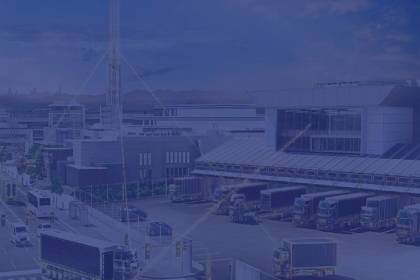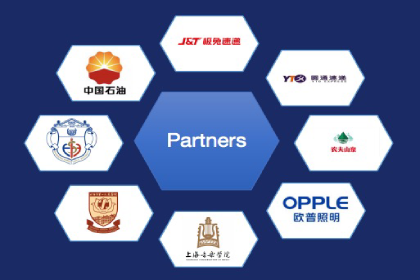According to the World Bank, 56 percent of the world's population (or 4.4 billion residents) currently live in cities.
By 2050, the population size will double from today, and nearly 7 people per 10 people are expected to live in urban areas.
To accommodate the citizens of these cities, local governments need to increase their investment in smart city technology.
Smart cities use the industrial Internet of Things (IIoT) data-driven solutions to optimize public safety, improve sustainability, and provide higher-quality services.
In addition, they can use revenue-generating strategies, such as using digital platforms for ticketing, deploying charging services, and simplifying the payment of fines, utilities, and taxes.
Experience shows that as cities become smarter, they become more livable and more responsive to human concerns. —— These benefits can be constrained in municipal budgets to attract businesses and investment.
Although the concept of smart city is still in its early stages, it is rapidly gaining momentum with the development of industrial Internet of Things technology.
Today, more than 1,000 smart city projects around the world have become testing grounds for population health initiatives, safer traffic management, and improved urban life.
Investment in smart city infrastructure is expected to reach $150 billion this year, and some people estimate the market potential to reach $3.5 trillion by 2026.
In this paper, we will explore the role of industrial Ethernet switches in providing stable, efficient data transmission capabilities and network management and the function of smart city applications.
These applications include video surveillance; parking systems; intelligent transportation systems; traffic signals; WLAN access points for public Internet access; meteorological and environmental monitoring; and lighting controls for improving energy efficiency.
By connecting various equipment, basic services and systems, industrial switches improve the efficiency of city management and operation and the convenience of residents' lives.
Smart city infrastructure and technology
Digital-connected smart cities collect a variety of data from urban environments.
Then use software tools to analyze data to identify urban requirements; develop strategies to effectively manage urban operations, assets and resources; and optimize operations and services.
Achieving these ambitious goals requires an efficient network and communications infrastructure to support data transmission and provide management of components for individual services.
Basically, the smart city infrastructure consists of three layers.
The first layer is a large number of cameras, sensors, meters, radar detection, drones, and other IoT devices, collecting real-time data 24 hours a day.
These smart devices and smart technologies are connected to a central server via a high-speed communication network via wired, wireless (such as wireless sensor network) or a combination of the two.
In addition to collecting data, IoT devices and sensors also monitor the smart infrastructure and automate it in some cases.
The second layer consists of data analysis applications that refine raw big data into time-critical alerts, insights, and actions.
Cloud computing is often exploited because of its powerful processing power, large and scalable data storage, and advanced software services.
Fog computing can be combined with clustering because it allows some features to move from the cloud to locations closer to IoT devices for more localized, lower-latency processing.
The third tier is the actual use of information by city governments, officials, municipal staff, corporations, the private sector and the public.
Websites and apps help smart cities interact with residents, sharing information such as traffic reports, energy use, local news and security alerts, and making citizens feel more connected to their communities.
Reliability, management, and scalability
Industrial switches are the core of these three layers, bringing the reliability, managerial and scalability needed to make the smart city concept a reality.
Most smart city applications have at least moderate reliability requirements, while other applications have high reliability requirements, such as legacy systems or new technologies such as smart grids or smart transportation.
By ensuring a large degree of reliable connectivity, industrial switches can facilitate real-time data transmission, thereby driving more informed decisions in urban planning and encouraging behavior change.
While redundancy is important for any network switch, it is critical for the reliability of switches that support highly integrated smart cities.
In addition to the data transmission, industrial Ethernet switches are also good at remotely managing and monitoring networks, providing real-time diagnosis of network status and device health status.
Open standards and protocols facilitate interoperability between devices, systems, and services to ensure seamless integration and data exchange.
Of
course, scalability is also important for smart city networks.
Advanced industrial switches can accommodate new equipment without causing significant loss of services provided and associated traffic quality.
Multi-port industrial Ethernet switches with copper and SFP ports are easily expanded to meet growing demand and have quality of service (QoS) with higher traffic priority.
conclusion
Smart city networks are changing the way future communities are planned, built, and organized.
A robust network infrastructure is critical to collecting, processing, and sharing data from different sources in order to make informed decisions and improve the quality of life of residents.
Ensuring that different systems, devices, and services can seamlessly communicate and interact with each other is what industrial Ethernet switches are coming in with.




















